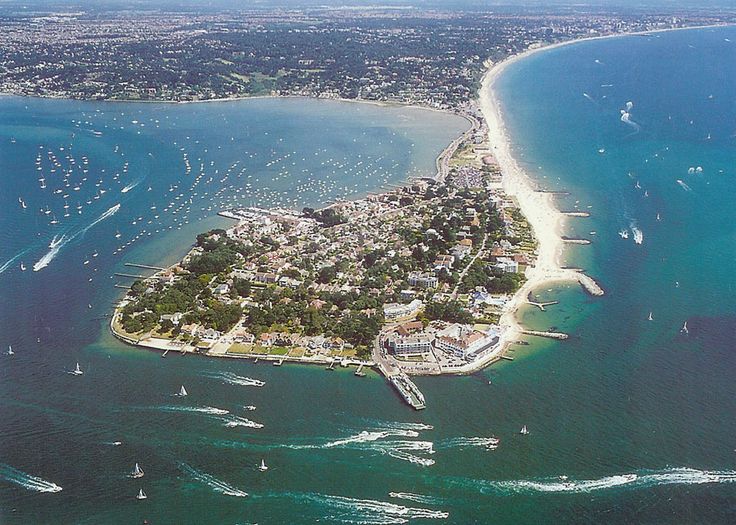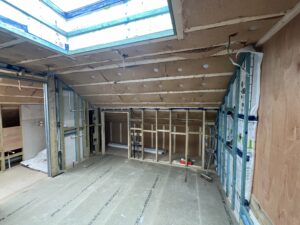The UK Construction Process Explained – Step by Step for Poole and Surrounding Areas
Learn the UK construction process from planning permission to completion. Tailored for homeowners and developers in Poole and surrounding areas.
Introduction
If you’re planning a construction project in Poole or surrounding areas, understanding the UK construction process is essential. Whether you’re building an extension, renovating a property, or developing a new home, knowing the key stages can help you make informed decisions, avoid delays, and ensure legal compliance.
In this comprehensive guide, we’ll walk through the full construction process in the UK – from initial planning and permissions to final handover – with a local focus on Poole, Sandbanks, Broadstone, Hamworthy, Upton, and nearby Dorset towns.
1. Initial Consultation and Site Feasibility
Every construction project begins with a clear idea and a feasibility assessment. In Poole and surrounding areas, this stage includes:
- An initial site visit and survey
- Discussing your goals, budget, and timeline
- Checking the site’s access, utilities, and ground conditions
- Reviewing any local planning constraints, flood risks, or conservation areas
An experienced local builder or architect can help guide this stage, especially when it comes to understanding the unique challenges of building near the coast or in residential zones with limited access.
2. Planning Permission
Most major building projects in the UK require planning permission, particularly if you’re adding a new extension, changing the structure, or building a new home. In Poole, you’ll deal with BCP Council (Bournemouth, Christchurch, and Poole).
Key Steps:
- Appoint an architect or planning consultant to produce drawings
- Submit a planning application through the Planning Portal
- Provide details like design and access statements, site plans, and elevations
- Wait for a decision (usually within 8-12 weeks)
Not all projects require full planning permission. Some work may fall under Permitted Development Rights, but it’s always best to check locally before proceeding.
3. Building Regulations Approval
Separate from planning permission, Building Regulations approval ensures your project meets national standards for health, safety, energy efficiency, and accessibility.
You can apply through:
- BCP Council’s Building Control
- A private approved inspector
Plans are submitted for review, and site inspections are scheduled throughout the build. Common areas covered include:
- Structural safety
- Fire protection
- Insulation and ventilation
- Drainage and damp-proofing
Failure to comply with Building Regulations can lead to serious delays and additional costs, so this stage is critical.
4. Detailed Design and Technical Drawings
Once planning permission and Building Control approval are secured, it’s time to finalise your design with:
- Technical construction drawings
- Structural calculations (if needed)
- Electrical and plumbing layouts
- Kitchen and bathroom specifications
This stage may also include preparing your Construction Phase Plan in line with CDM Regulations 2015 (Construction Design and Management), especially if multiple contractors are involved.
In Poole, we often account for unique features like:
- Sea views or coastal weather conditions
- Sloped sites or tight urban plots
- Conservation area guidelines
5. Tendering and Selecting a Contractor
For homeowners and developers alike, choosing the right builder in Poole is one of the most important decisions in the construction process.
Things to Consider:
- Experience with similar local projects
- Client reviews and references
- Memberships with recognised bodies (e.g., FMB or NHBC)
- A clear quotation and timeline
Whether you go for a design-and-build firm or manage separate contractors yourself, make sure everything is confirmed in writing before construction begins.
6. Construction Phase – Step by Step
Once contracts are signed and preparations are complete, the physical work begins. Here’s how construction usually progresses:
a. Site Preparation
- Site clearance and demolition (if needed)
- Installing temporary site fencing, power, and water
- Ground investigation and levelling
b. Foundations and Groundwork
- Digging trenches and pouring concrete footings
- Installing drainage, soakaways, and ducting
- Waterproofing and slab preparation
c. Superstructure
- Building the walls using brick, block, or timber frame
- Installing steel supports, floors, and roof structure
- Window and door openings
d. Roofing and External Works
- Tiling or flat roofing systems
- External cladding or rendering
- Installing doors, windows, and insulation
e. First Fix
- Internal stud walls
- Electrical wiring and plumbing pipework
- Heating system installation
f. Second Fix and Finishing
- Plastering and decorating
- Installing kitchen and bathroom units
- Flooring, joinery, sockets, and switches
g. External Landscaping and Clean-Up
- Patios, fencing, and driveways
- Bin storage and turfing
- Final site clean-up
Every step should be inspected and signed off by your Building Control officer or approved inspector.
7. Snagging and Handover
Once the build is complete, it’s time for a thorough snagging inspection. This ensures that all finishes and fittings are up to standard.
Snagging covers:
- Checking for paint blemishes, leaks, or loose fittings
- Testing all systems (heating, lighting, plumbing)
- Ensuring compliance with drawings and specifications
When everything is approved, your builder will issue a Completion Certificate, and you may also receive:
- Structural warranties (e.g., 10-year NHBC)
- Electrical and gas safety certificates
- Operation manuals and maintenance schedules
8. Post-Completion Support and Maintenance
Good builders don’t disappear after the job is done. We stay in touch to offer:
- Follow-up visits to check on finishes
- Advice on property maintenance
- Support with any warranty claims
In coastal locations like Poole, we also advise on regular checks for salt damage, roof conditions, and drainage performance due to local weather patterns.
Why Work with Local Builders in Poole?
At Premier Home Developments Ltd, we specialise in delivering high-quality construction work across Poole and surrounding areas. With 20+ years of experience, we understand the local planning system, building challenges, and supplier network better than most.
Our services include:
- House extensions
- Full renovations
- Loft and garage conversions
- New builds
- Landscaping and drainage
We pride ourselves on transparent quotes, local knowledge, and customer satisfaction. From Sandbanks to Hamworthy, we bring professionalism and precision to every job.
Conclusion
Navigating the UK construction process may seem complex, but with the right guidance and a reliable local team, it becomes far more manageable. Whether you’re extending your home in Broadstone, building a new house near Lilliput, or renovating a period property in Upton, understanding each phase puts you in control.
If you’re planning a project in Poole or the surrounding Dorset area, get in touch with us today for a free consultation or no-obligation quotation. We’ll guide you from planning to completion with expertise and care.
Contact Premier Home Developments Ltd
✉️ info@premierhomedevelopments.co.uk
📞 01202 985163📍 Serving Poole, Sandbanks, Broadstone, Canford Heath, Hamworthy, Upton, and surrounding areas.




